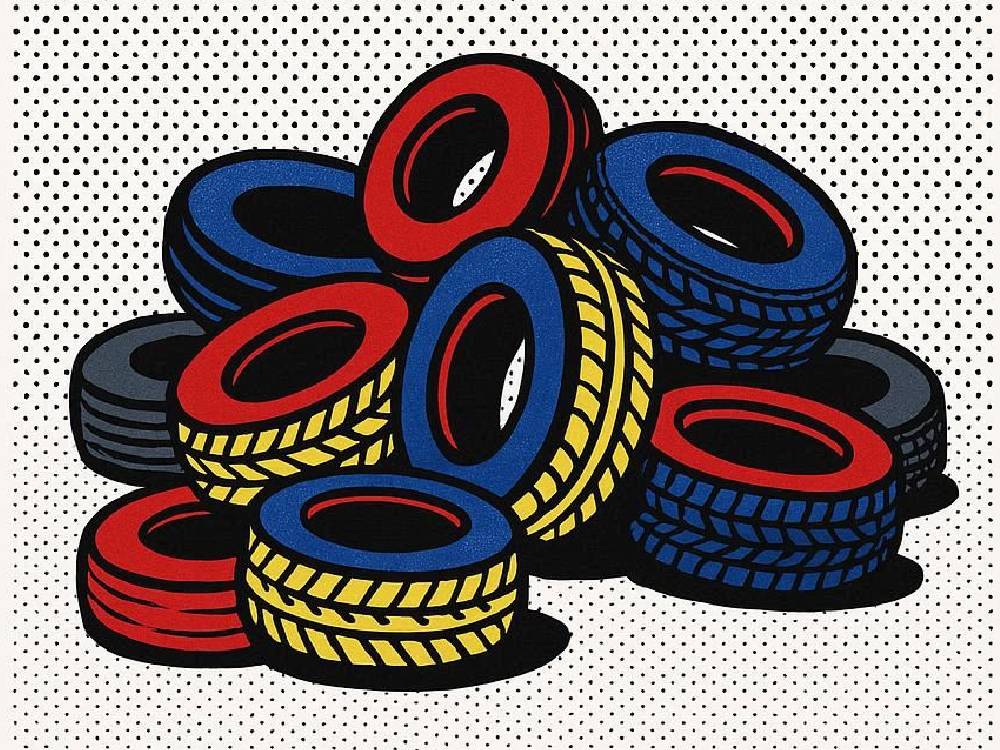Introduction
Car Insurance Tyre Safety…
Most drivers never think twice about their tyres — until it’s too late.
A single worn tread or underinflated tyre could do more than cause a blowout.
It could invalidate your car insurance in an instant.
This month, during National Tyre Safety Month, drivers across the UK are being urged to “Check Your Tyres.”
The message is simple but powerful.
Your tyres don’t just carry your car — they carry your insurance cover, your safety, and your wallet.
A few minutes each month could save your life — and your car insurance.
Car Insurance Tyre Safety — The Hidden Connection
Here’s the truth.
Your tyres might seem minor, but to your insurer, they’re a major factor in determining risk.
When you take out a policy, you agree to keep your car in a roadworthy condition.
That includes your tyres.
If you’re involved in an accident and investigators find bald, damaged, or underinflated tyres, your claim could be denied.
Even worse, your policy could be cancelled entirely.
That means you’d not only pay for the repairs yourself, but you could also face penalties for driving uninsured.
And yes — even if the accident wasn’t your fault, illegal tyres can void your cover.
So before you hit the road, it’s worth asking:
Are your tyres protecting you, or putting everything at risk?
(Learn more about what can invalidate your policy in our guide: What Will Invalidate Your Car Insurance)
National Tyre Safety Month — Why It Matters
Every October, TyreSafe leads the national campaign to raise awareness about tyre safety.
Their message is urgent:
Check air pressure, condition, and tread depth at least once a month.
Because here’s the thing —
Neglecting your tyres isn’t just unsafe.
It’s expensive.
When your tyres are underinflated, your car works harder.
That means higher fuel costs, faster wear, and an increased chance of breakdowns.
And if that breakdown leads to an accident?
Your insurer could refuse your claim on the grounds of negligence.
Drivers who skip basic checks are often shocked to find that their Car Insurance doesn’t cover tyre-related incidents.
That’s why TyreSafe urges every motorist to make tyre checks part of their monthly routine.
It’s quick, simple, and — crucially — it could keep your cover valid.
(For more tips on managing your insurance costs, visit Navigating Car Insurance Costs)
What The Law Says About Tyres (and How It Affects Your Premium)
Let’s make this clear.
The UK law requires every tyre to have a minimum tread depth of 1.6mm across the central three-quarters of its width.
Anything less is illegal.
And that’s not just a slap on the wrist.
Drivers caught with illegal tyres face a £2,500 fine and three penalty points per tyre.
Four bald tyres could technically cost you £10,000 and 12 points — enough to lose your licence.
But the financial hit doesn’t stop there.
Because once you’ve been penalised, insurers flag you as high-risk.
That means your premiums skyrocket — even if you later replace the tyres.
And yes, those higher rates can last for years.
So staying compliant isn’t just about avoiding fines.
It’s about keeping your car insurance affordable in the long run.
(Find out how driving penalties affect premiums here: Drivers With 3 Penalty Points and Your Car Insurance)
Common Tyre Mistakes That Could Invalidate Your Cover
It’s not always neglect — sometimes, it’s just bad habits.
But here’s where many drivers go wrong:
- Ignoring the tyre pressure light
- Failing to check tread depth
- Driving with mismatched tyres
- Overloading their vehicles
- Skipping professional wheel alignment
Each of these small errors can make your car unsafe.
And when an unsafe car causes an accident, insurers often call it driver negligence.
That’s the fine print many people miss — negligence can void your claim.
Think of it this way:
Would you insure a house if the owner refused to fix a leaking roof?
The same logic applies here.
Insurers expect responsible maintenance.
Fail that, and you could lose everything in one accident.
(Want to stay compliant? Read How to Protect Your Insurance)
How to Check Your Tyres Like A Pro: Car Insurance Tyre Safety
Checking your tyres doesn’t need to be complicated.
Here’s how to make it a habit that takes just minutes:
- Look for bulges or cuts.
If you spot one, replace the tyre immediately. - Measure tread depth.
Use a 20p coin — if the outer band is visible, your tyre’s below the legal limit. - Check pressure monthly.
Your car’s recommended pressure is in the handbook, on the fuel cap, or the driver’s door sill. - Notice steering pull?
That’s a sign of wheel misalignment. Visit a garage before your tyres wear unevenly.
And don’t forget:
A quick visual check before every journey can prevent a breakdown or worse — a denied claim.
(More money-saving tips: 5 Ways to Save Money on Car Insurance)
Tyre Neglect And The Cost Of Accidents: Car Insurance Tyre Safety
Now let’s talk about the real cost — and it’s bigger than most drivers think.
Because when tyre maintenance slips, everything else unravels.
Not only can worn or damaged tyres make your car harder to control, but they can also directly impact your insurance cover.
For instance, when a crash investigation shows your tyres were below the legal tread limit, insurers often refuse to pay out.
That’s because, from their perspective, the incident was avoidable.
And when an accident could have been avoided, it’s officially classed as negligence.
As a result, the insurer might deny your claim, leaving you with thousands in repair bills.
Even worse, you could face legal action if someone else was injured.
Therefore, neglecting your tyres doesn’t just risk your car.
It risks your financial security, too.
Imagine losing your vehicle and your cover — all over something you could have prevented with a quick monthly check.
So before you start the engine next time, take a moment to look.
Because that tiny inspection could save your wallet, your licence, and possibly, your life.
(Read more about how accidents affect cover in Car Insurance and Modifications Explained)
Why Tyre Checks Are The Ultimate Driving Habit
So, what’s the best approach moving forward?
The answer is simple — make tyre checks part of your normal driving rhythm.
Because when you treat safety like a habit, you dramatically reduce risk.
For example, if you check your tyres once a week, you’ll quickly spot tiny cracks, bulges, or drops in pressure before they turn serious.
As a result, you’ll avoid sudden blowouts, dangerous skids, or last-minute MOT failures.
Even more importantly, regular tyre checks keep you compliant with the terms of your car insurance policy.
Most insurers assume you’re maintaining your car responsibly.
So, by proving that you do, you strengthen your position if you ever need to file a claim.
Additionally, those routine checks can help identify misalignment or uneven wear — both of which can shorten tyre life and reduce fuel economy.
Therefore, a few minutes of prevention each month can lead to years of savings.
It’s a small habit with a massive payoff.
(Find out more about policy types at Car Insurance Options)
Conclusion
Drive Safe.
Stay Covered.
At the end of the day, tyre safety isn’t a minor detail — it’s a major pillar of responsible driving.
Because when your tyres are healthy, everything else falls into place.
You drive safer.
You spend less.
And you protect your insurance from invalidation.
Ultimately, it all comes down to one idea: maintenance equals protection.
So next time you’re tempted to skip a check, remember how much is at stake.
Your tyres don’t just connect you to the road — they connect you to your insurer, too.
Furthermore, taking proactive care helps you avoid the penalties, higher premiums, and claim denials that come from tyre neglect.
In short, staying alert means staying insured.
As TyreSafe puts it:
“A five-minute check could save your life.”
And it could also save your Cheap Car Insurance.
(For further guidance on managing costs, see Navigating Car Insurance Costs)
If you found this useful, these resources will help you go even further:
- The 10 Cheapest Cars to Insure in 2023
- What Will Invalidate Your Car Insurance?
- How Can I Reduce My Insurance Cost UK






